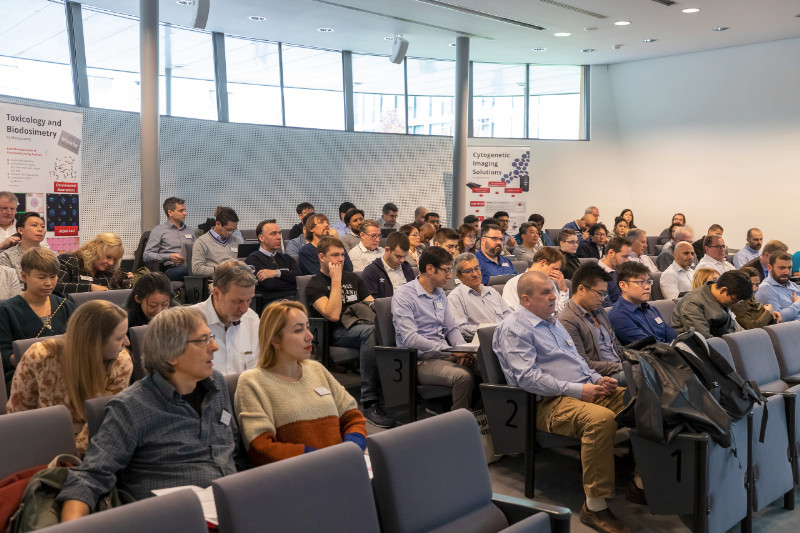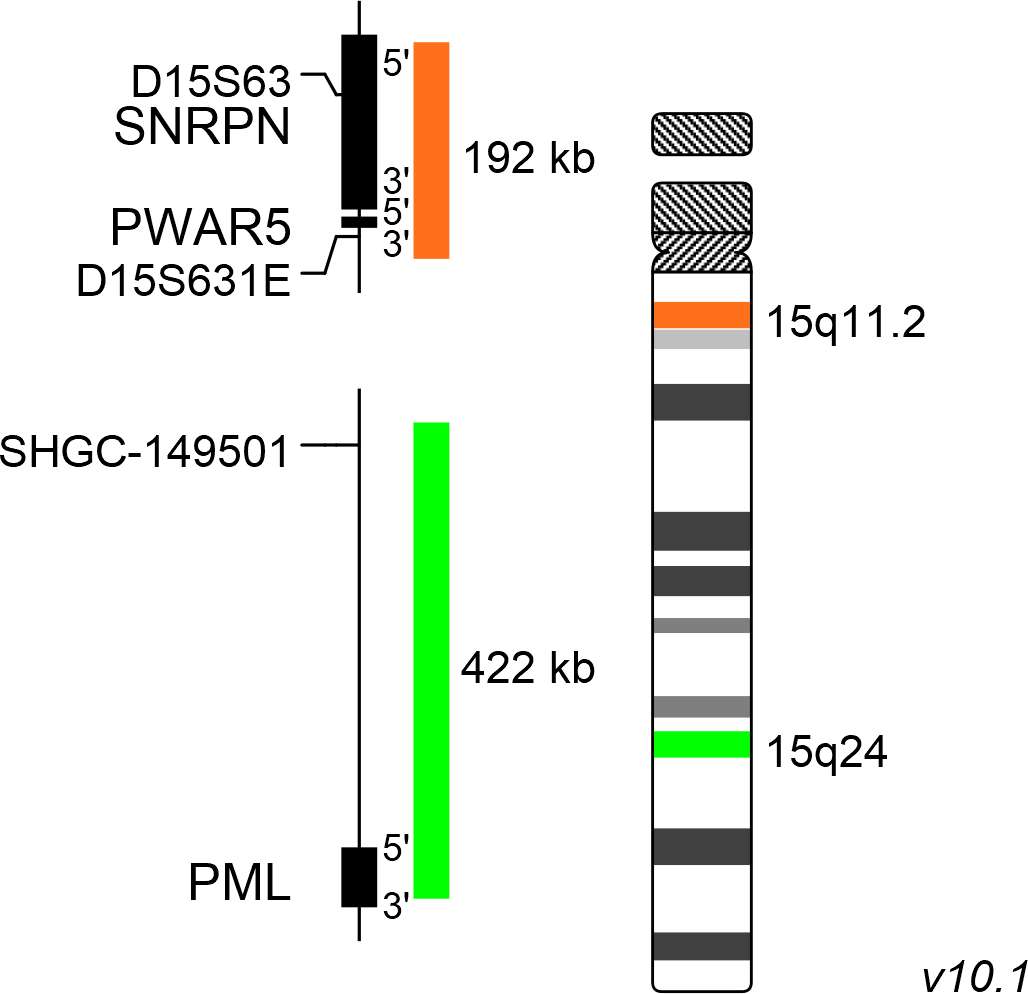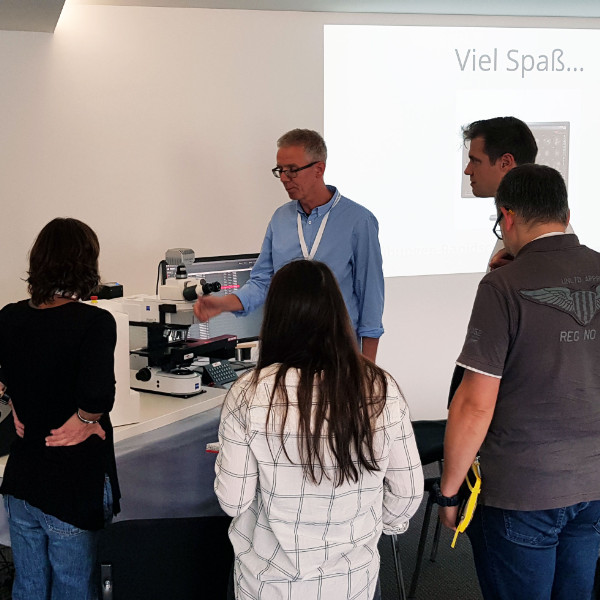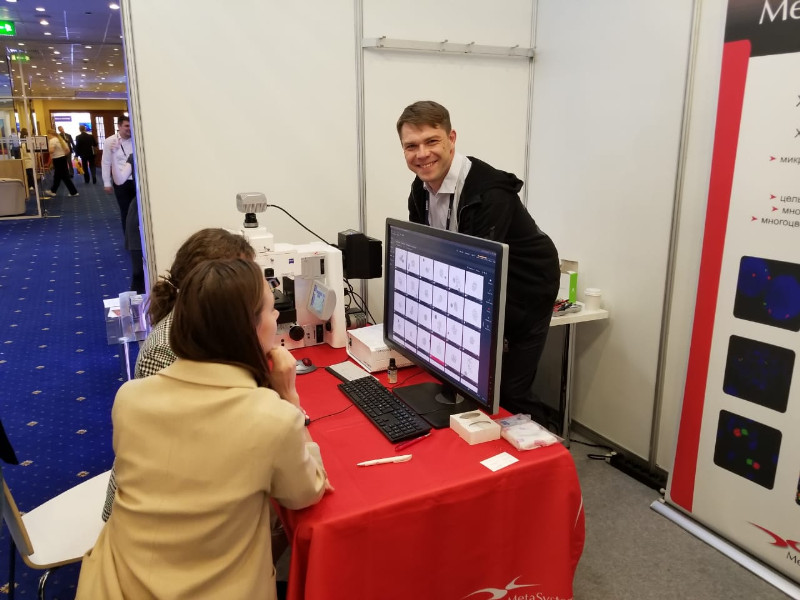About 100 guests from 36 countries met on the XVIII. MetaSystems Distributor Meeting (DM) in November to exchange experiences and to get to know new trends and developments at MetaSystems.

Our internet site may contain information that is not approved in all countries or regions. To ensure accuracy of content, please select your country/region of residence. Choose International if your country is not listed.
This information will be saved using cookies. To find out more about cookies, read our Privacy Policy.
Please select your country of residence. Choose International if your country is not listed.
Our internet site may contain information that is not approved in all countries or regions. To ensure accuracy of content, it is required that you select the site which is appropriate for your country of residence.
MetaSystems Probes has already certified a large part of its portfolio, according to IVDR. For organizational reasons, we currently provide only the IVDD product.
Discover all IVDR-certified products
XL Prader-Willi/Angelman consists of an orange-labeled probe hybridizing to the SNRPN/PWAR5 gene region at 15q11.2 and a green-labeled probe hybridizing to the PML gene region at 15q24.
Probe maps are created in accordance with the intended purpose of the product. Solid colored bars do not necessarily indicate that the probe fully covers the indicated genomic region. Therefore, caution is advised when interpreting results generated through off-label use. Probe map details based on UCSC Genome Browser GRCh37/hg19. Map components not to scale. Further information is available on request.
Prader-Willi syndrome (PWS), first described by Prader, Labhart and Willi in 1956, and Angelman syndrome (AS) initially reported by Angelman in 1963, are complex neurodevelopmental disorders caused by chromosomal deletion of genes in the 15q11-q13 region. In most cases, the corresponding genes are silenced on the sister chromosome via genetic imprinting. The deletion of the paternal segment 15q11-q13 leads to the development of PWS, while patients carrying the maternal deletion of this segment suffer from AS. The clinical manifestation of PWS is characterized by muscular hypotony (´floppy infants´), hypogonadism, developmental and cognitive delays, hyperphagia and obesity. Furthermore, learning disabilities and obsessive-compulsive disorder can be observed. Typical AS indications observed are a small head, severe intellectual disability and developmental retardation. Speaking, sleep, balance and movement problems, as well as seizure disorder are further symptoms. The most common genetic cause for PWS is the deletion of the paternal 15q11-q13 copy. Maternal uniparental disomy of 15q11-q13 (genes are silenced via genetic imprinting) or translocations with breaks in the 15q11-q13 region are further mechanisms leading to PWS. Genes located in this region, especially SNRPN (small nuclear ribonucleoprotein polypeptide N) and NDN (necdin), are considered to be crucial for disease development. The absence of the maternal UBE3A (ubiquitin-protein ligase E3A) gene copy located in this segment is crucial for the development of AS.

Normal Signal Pattern:
Two green (2G) and two orange (2O) signals.

Aberrant Signal Pattern:
Two green (2G) and one orange (1O) signal resulting from loss of one orange signal.
Certificate of Analysis (CoA)
or go to CoA DatabaseNeon, the outstanding MetaSystems case and image management system, offers many tools and helpful gadgets to streamline routine workflows, for example in cytogenetics labs. The second MetaSystems User Day, addressed to MetaSystems clients from Germany, Austria, and Switzerland, provided in different workshops knowledge helping to unleash the full power of the system.

The Congress 'Genetics of XXI Century' in Moscow, Russia (May 2019) has been one of the most important events for the professional international community of geneticists. Our partner company in Russia OOO MetaSystems considered it a good occasion to present the new camera CoolCube 4 connected to a state-of-the-art Neon system to the public.
